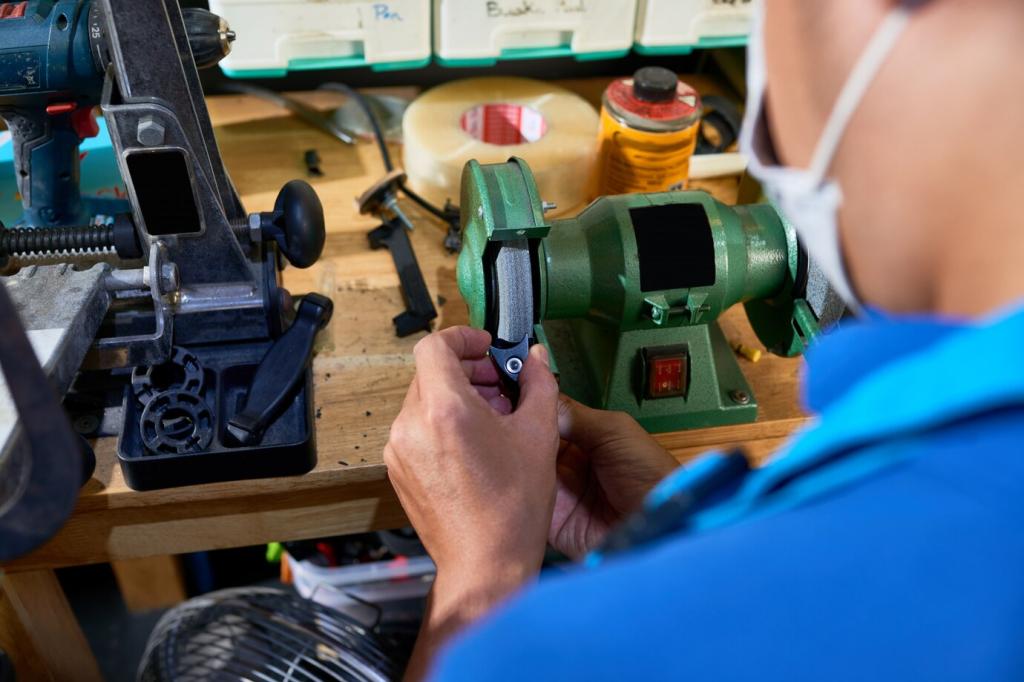Eco-Friendly Tips for Prolonging Your Furniture's Life
Caring for your furniture in an environmentally conscious way is about more than just preserving its looks—it’s about minimizing waste, reducing your carbon footprint, and making your home a healthier place. Adopting eco-friendly habits can greatly extend the lifespan of your favorite pieces, ensuring they serve you and the planet for years to come. Let’s explore effective, sustainable strategies for keeping your furniture in top shape without sacrificing style or comfort.

Mindful Cleaning Practices
Selecting non-toxic, biodegradable cleaning products is essential for both your furniture and indoor air quality. Many conventional cleaners contain chemicals that may damage finishes or fabrics over time. Natural solutions, such as vinegar or castile soap, are effective alternatives that gently lift dirt without leaving harmful residues. These products help maintain the integrity of wood, metal, and upholstered surfaces, while also safeguarding your health and benefitting the planet.

Repair, Refurbish, and Revive
Simple Repairs for Extended Life
Addressing minor issues early, such as tightening screws or gluing loose joints, can significantly extend the life of your furniture. Timely repairs not only save the energy and materials required for new pieces, but also preserve the character and history of your cherished items. By learning basic techniques or seeking professional help when needed, you make a sustainable choice that benefits both your home and the environment.
Sustainable Refurbishment Techniques
When your furniture needs a refresh, choose low-VOC paints, stains, or waxes to update its look without introducing harmful chemicals into your home. Upcycling parts from other discarded items, or recovering chairs with organic or recycled fabrics, enhances durability and visual appeal. These eco-friendly solutions reduce waste generation and give you creative control over the aesthetics and functionality of your furniture.
Embracing Patina and Imperfections
Rather than striving for a flawless appearance, appreciate the natural aging process of materials. Scratches, dents, and faded finishes can add unique character and tell the story of your furniture’s journey. By valuing these imperfections, you’re less likely to discard items prematurely, thus reducing overall consumption and making a positive environmental impact through mindful stewardship.
Eco-Conscious Placement and Use

Thoughtful Furniture Arrangement
Positioning your furniture away from vents, radiators, and areas with frequent temperature fluctuations prevents material stresses that can lead to warping or cracking. Proper spacing also ensures that pieces aren’t subject to accidental bumps or crowding, which can cause surface damage over time. This mindful approach not only supports sustainability but helps create a harmonious and durable living space.

Smart Usage Habits
Using furniture gently and for its intended purpose is a simple yet powerful way to prolong its life. Encourage household members to avoid standing on chairs or overloading shelves, and use coasters, mats, or covers to protect surfaces from spills and scratches. Such daily habits reduce the risk of damage and the frequency of repairs, resulting in a lower environmental footprint throughout the furniture’s useful life.

Rotating and Repositioning Pieces
Regularly rotating cushions, flipping mattresses, or even relocating furniture within a space can help distribute wear more evenly and prevent specific areas from aging prematurely. This practice refreshes the look and feel of your home while maximizing the lifespan of each piece. It’s an eco-friendly tip that encourages you to reevaluate your needs and surroundings, helping you get the most value out of every item.
